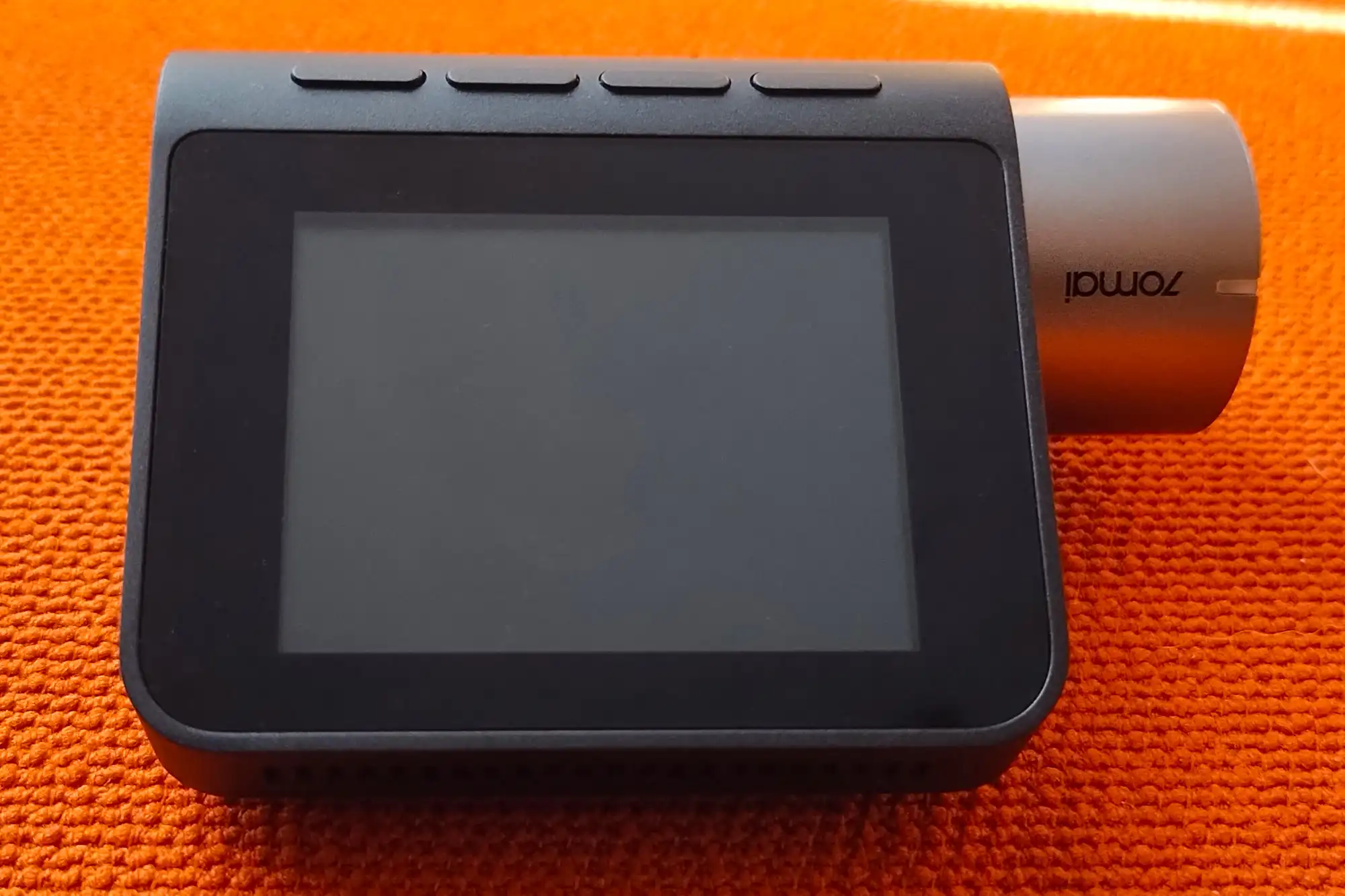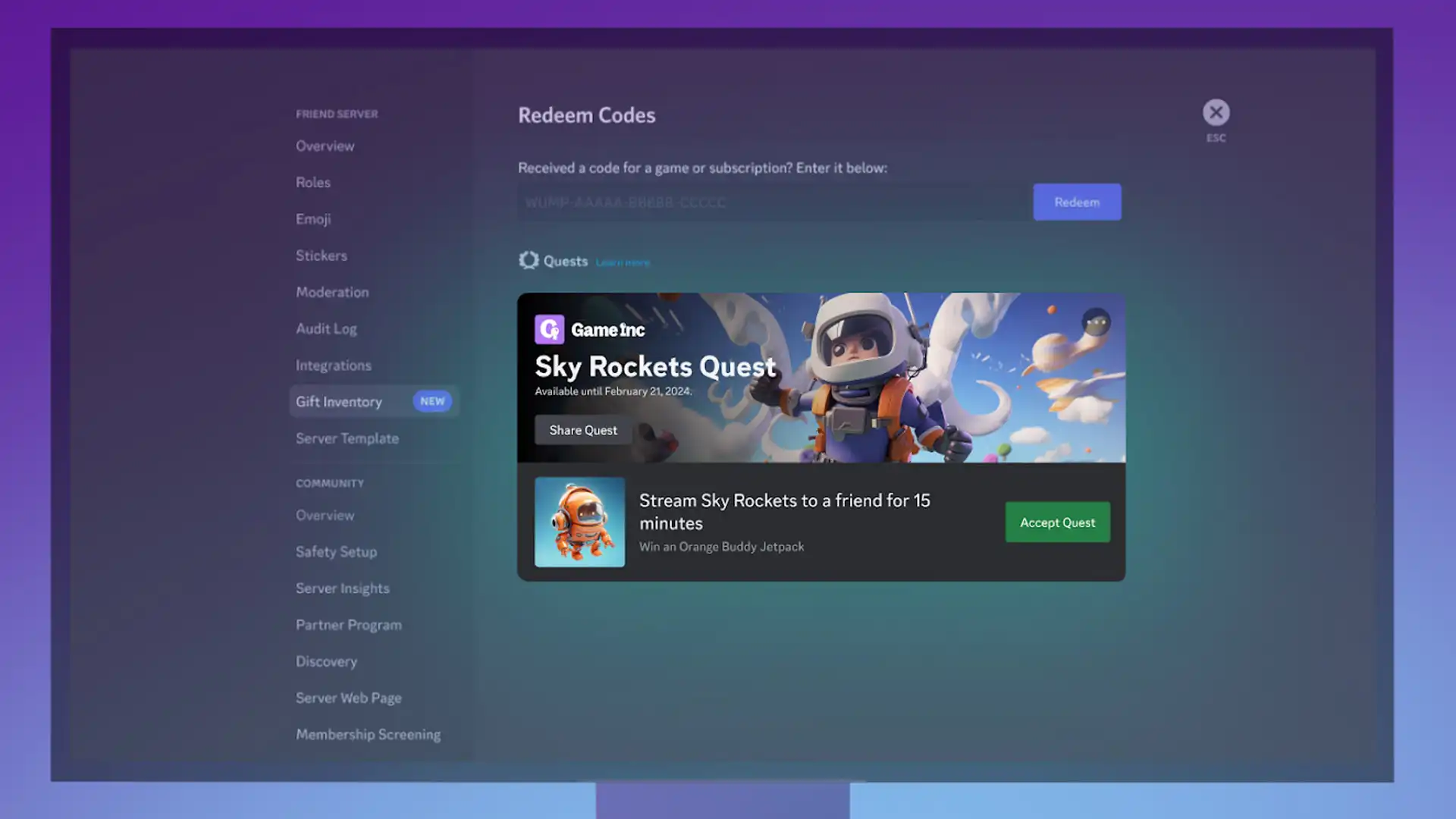This dual-channel (front/rear) dash cam ticks all the boxes, and for less cash than you might think
Best Prices Today: 70Mai A510 dash cam
70Mai makes some of my favorite dash cams, and the company isn’t afraid to stray from the norm as evidenced by the uniquely cylindrical Omni. Therefore I had high expectations for the dual-channel (front/rear) A510.
Happily, my expectations were largely met. I like the looks, I like the captures, I like the ease of use.
What are the 70Mai A510’s features?
The A510 is a dual-channel dash cam system featuring a 2592×1944 resolution front camera with a 140 degree field of view (FOV), driven by a Sony STARVIS 2 IMX675 sensor. The rear camera is 1080p, with a Smartsens SC200AI sensor and a 130 degree FOV.
The front dash cam offers a 2-inch IPS color display on the back, with four buttons underneath for performing various actions and navigating the settings menus.
On the right side of the camera are the Type-C power connection port, the rear camera port (Micro DisplayPort), and a MicroSD card slot.
The power cable connects to the auxiliary power port (cigarette lighter), while the rear camera cable uses a proprietary connector on the camera end that mates with a short captive cable on the camera itself.
Both cameras feature sticky-type mounts that employ a different kind of semi-permanent adhesive than the 3M we normally see. It’s easier to remove the protective layer from the adhesive, but it’s not as soft/sticky.
It seemed almost too easy to remove the mount from the windows. I normally have to work my Ka-bar knife well under and around the edges of an adhered base-plate, but this one popped right off with only mild effort.
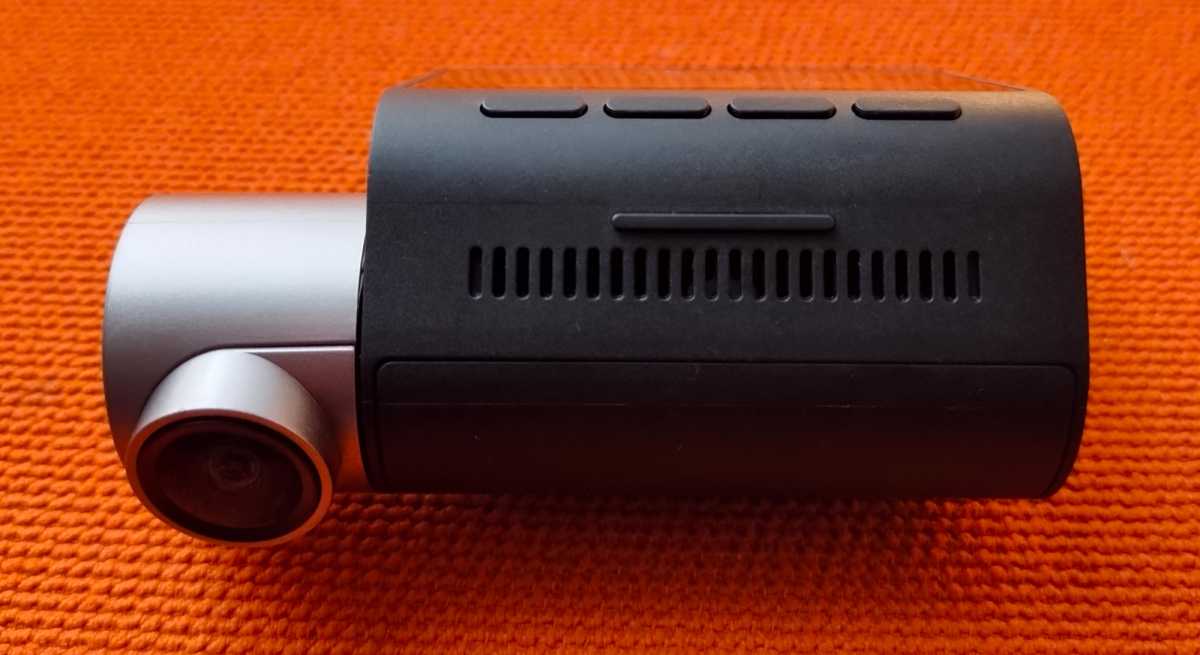
That said, the front camera base never budged in the dozen or so times I mounted and removed that camera. I’ll get back to you on the adhesive’s long term viability.
You may adjust the view of the front and rear cameras by rotating the lens, but there’s no angular or horizontal adjustment. Make sure they’re level before affixing them. For help on that click on this link.
As with most dash cams these days, the A510 can be configured via a phone app. However, this does require that you sign up for a 70Mai online account — a vendor-decided necessity that I’m always wary of.
I had no issues connecting to the A510’s Wi-Fi hot spot, but initially, for some reason, the app wouldn’t find the camera. 70Mai said this had something to do with server issues, which further reinforced my dislike of required accounts and forced telemetry.
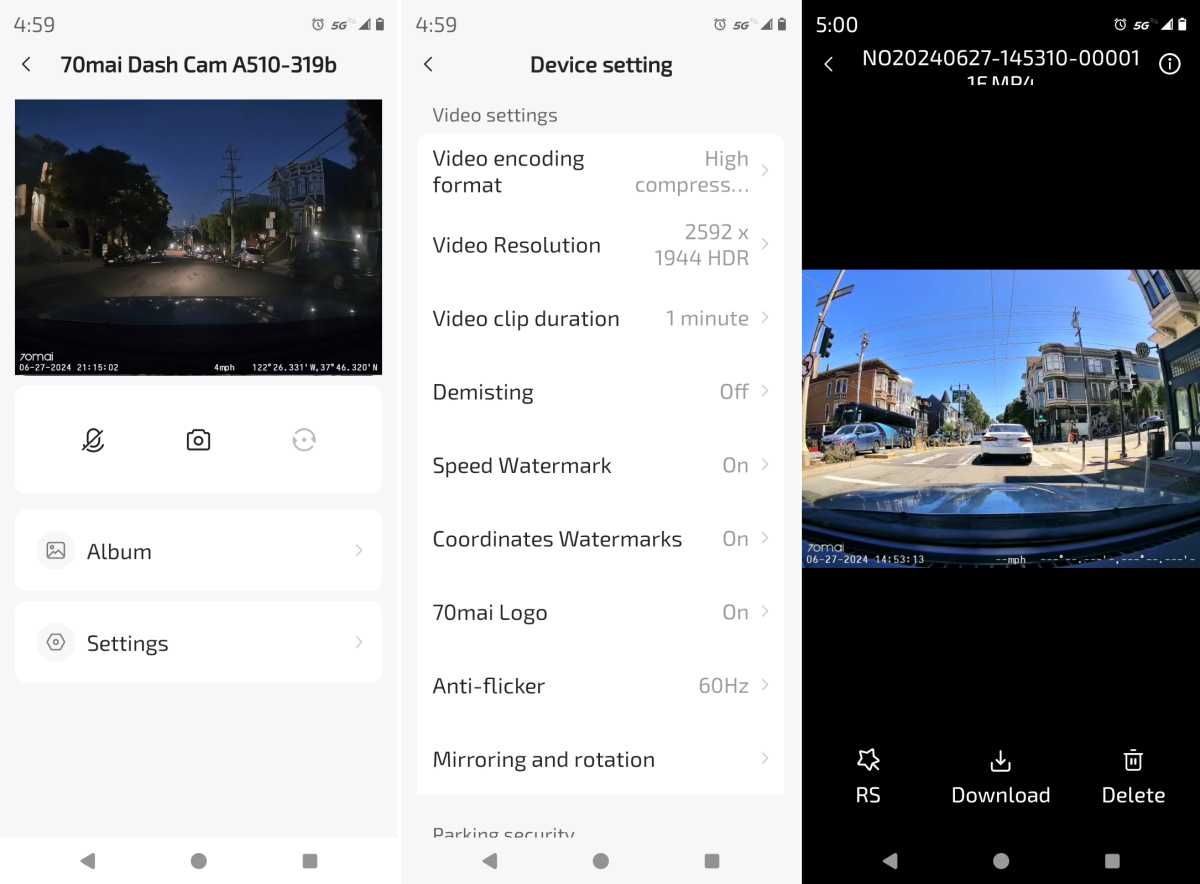
Eventually (after the server issues were resolved), I was able to connect and the app proved fast, reliable, and easy to navigate. It provides a live view, access to all the settings, and the ability to view previous captures.
How much does the 70Mai A510 cost?
70Mai sent us the front/rear combo with a 64GB microSD card which cost $137.57 (discounted) at the time of this writing. Note that there are two rear cameras available: the RC11 which was in the box and the one I tested, and the RC12 HDR, which they sent separately.
As you can mix and match the components on the 70Mai website, the prices vary: The front camera is currently $99, the RC11 is $26, the RC12 is $36, and microSD cards start at $9 for 32GB and top out at $35 for 256GB.
How are the 70Mai A510’s captures?
The front captures from the A510 were very good, both day and night with good color and detail. The captures from the rear were so-so by comparison, as you might expect given the lower resolution (1080p versus 1944p for the front).
This front day capture shown below is quite good, though it does exhibit a bit of fish-eye distortion. Most of that, however, is towards the top of the image which is far less important than what’s straight ahead and to the sides.
Good stuff. Put it on your short list.
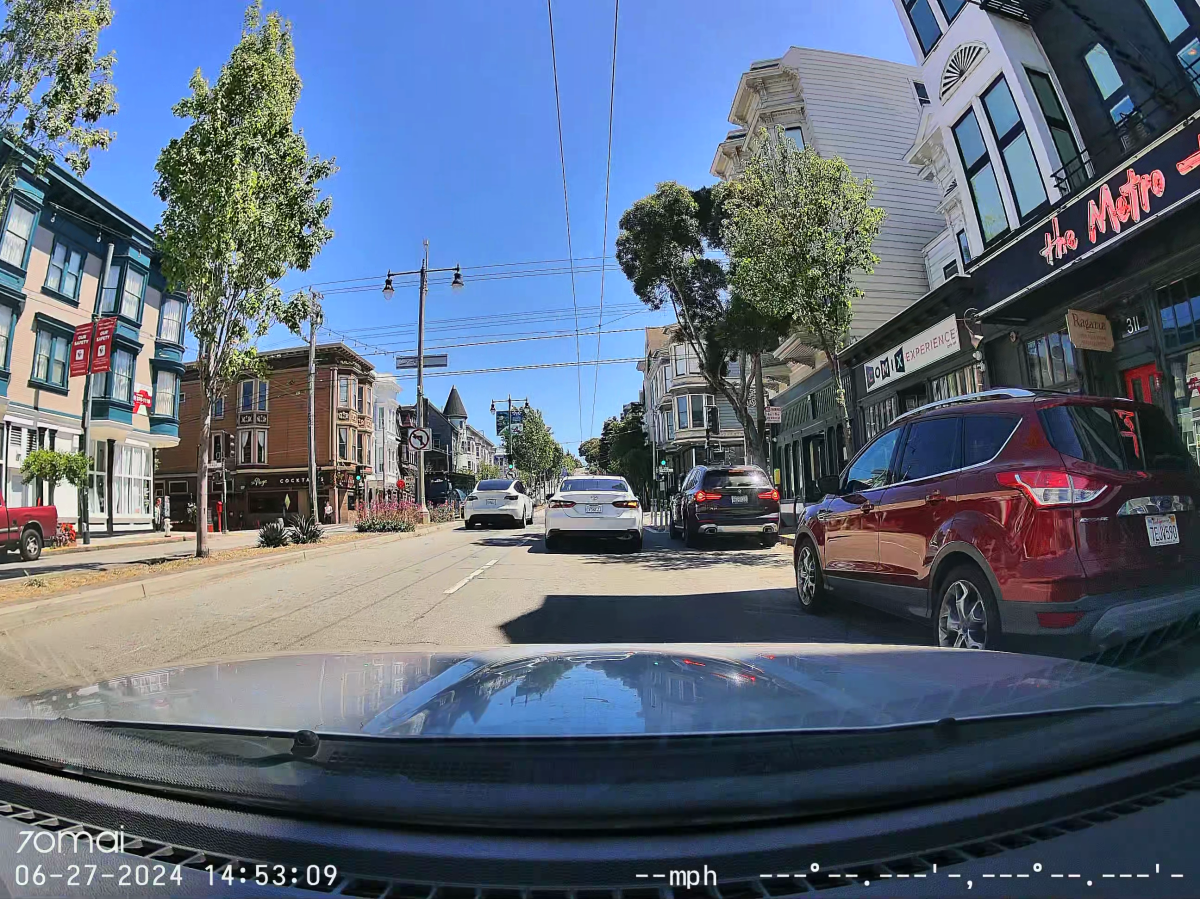
As you might notice, the GPS was a bit slow to kick in, so the info is missing in the shot above. It did show up about 30 seconds after this as can be seen in the subsequent captures.
Detail in the rear daytime captures is still decent, but certainly not as sharp as in the front captures.
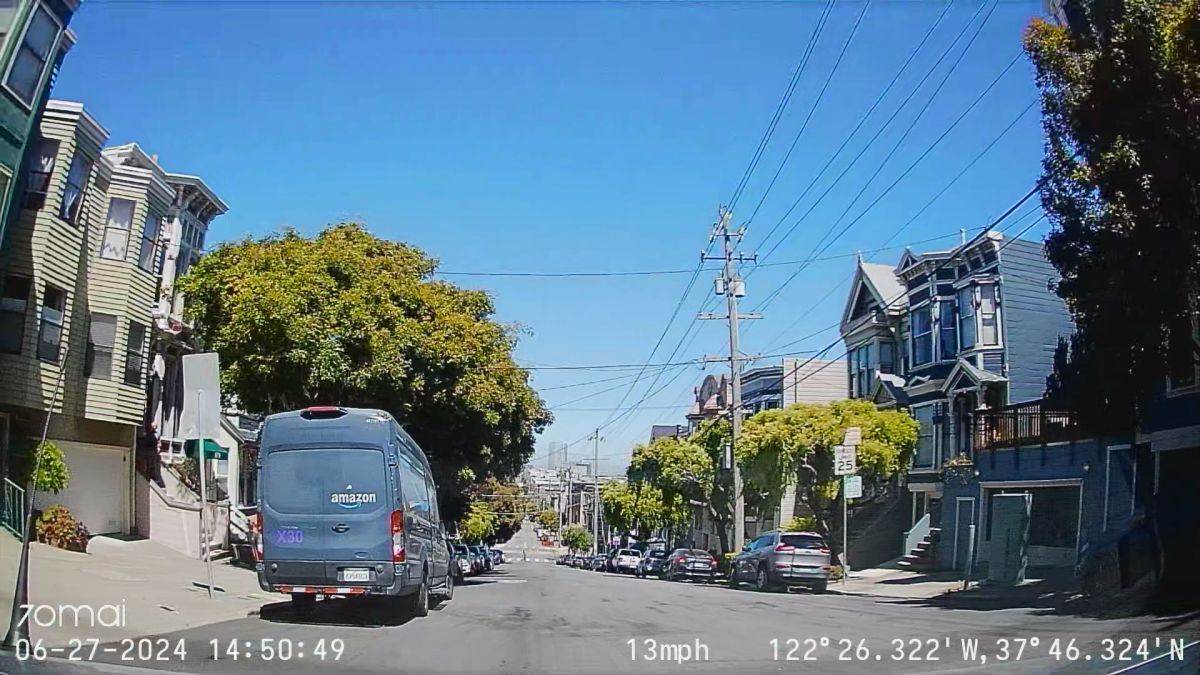
The A510 front camera also handled low-light conditions very well. Headlight flare is minimal and detail is still visible.

The rear camera’s captures, on the other hand, do drop off a bit at night. Not as badly as the Thinkware Arc, but detail is lacking compared to day captures.
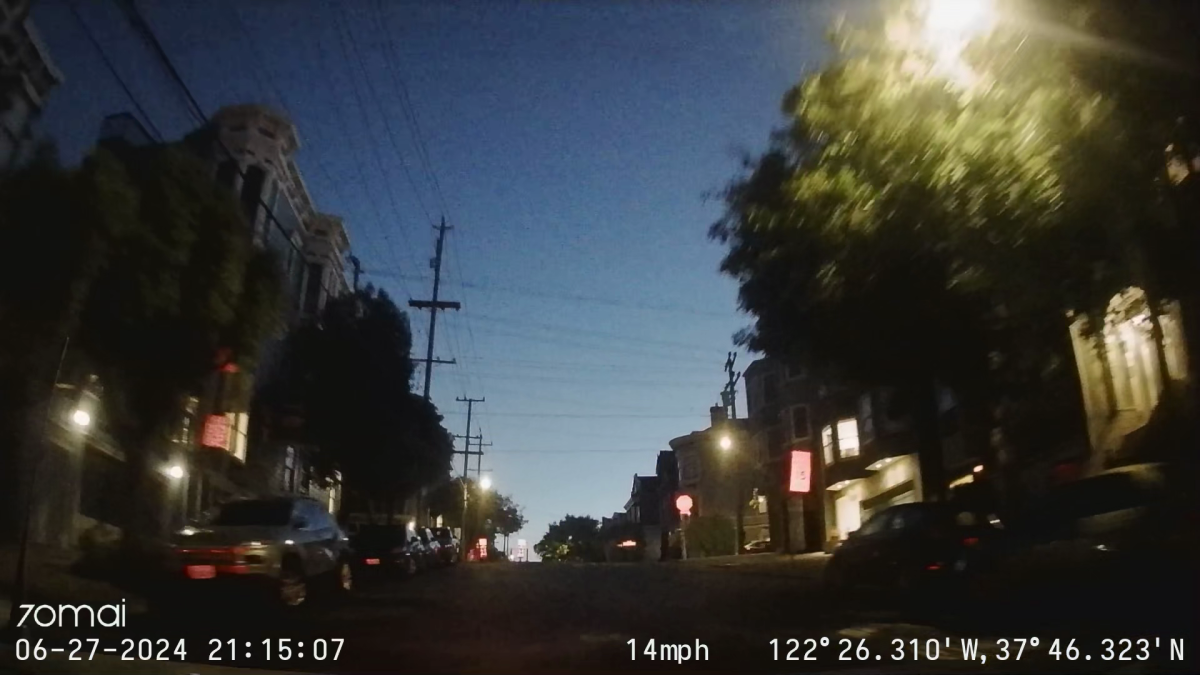
Generally speaking, the A510 delivers good video both day and night. Especially given the price. I have no qualms recommending it for 24-hour use, though an upgraded 1440p rear unit would be a nice perk.
Should you buy the 70Mai A510?
70Mai has a nice habit of sending us good-performing, nice-looking, easy-to-use dash cams and the A510 is no exception. Good stuff. Put it on your short list.

